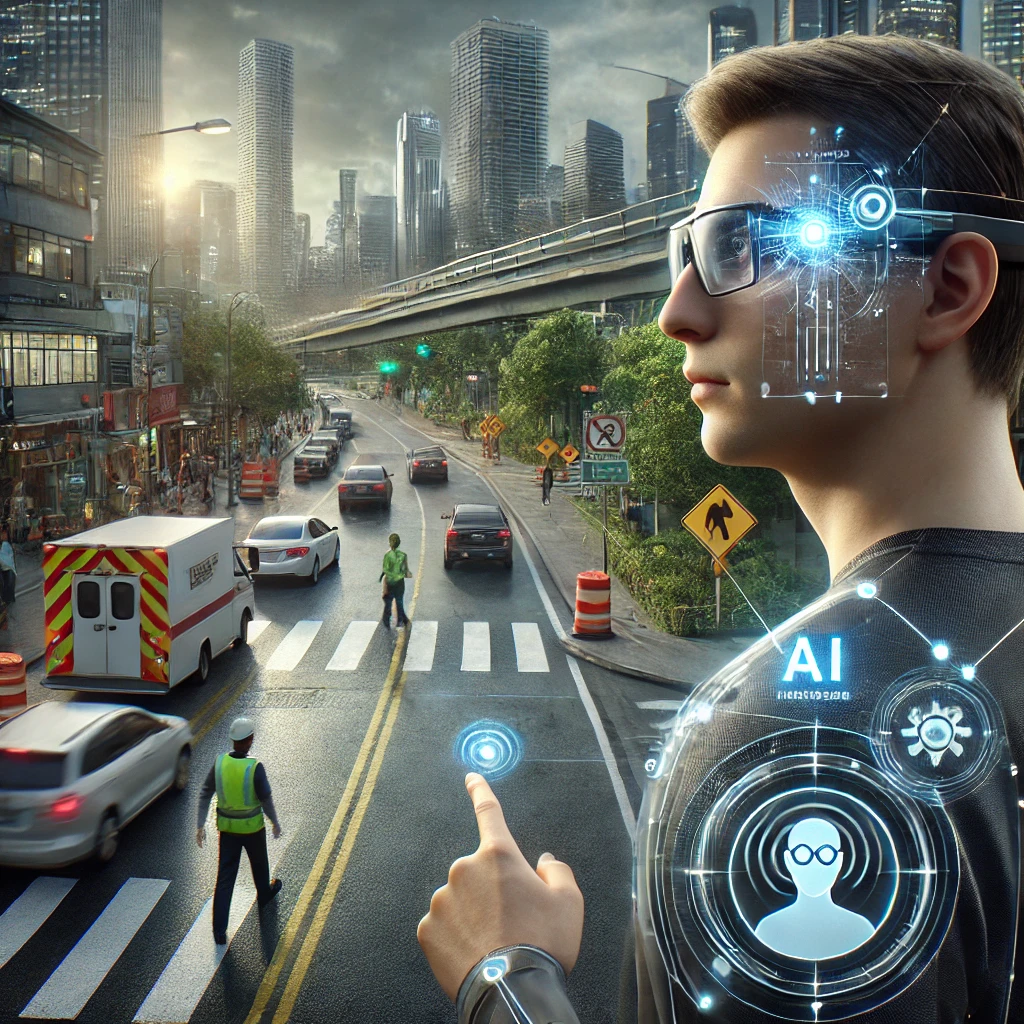AI-Enabled Eye-Tracking Tech Will be Able to Help Users Avoid Accidents and Injury

By Adam Gross, CEO and Co-Founder at HarmonEyes
Now that Apple released its iOS 18 update earlier this year, the concept of AI-enabled eye-tracking technology has come closer to center stage. That is because the new operating system supports eye-tracking technology that will enable users with physical disabilities to control their iPad or iPhone with their eyes. The technology is anticipated to revolutionize accessibility. But the true potential use cases for eye-tracking technology are far more robust.
Eye-tracking technology refers to sensors that measure characteristics such as gaze direction, fixation points, blink rate, and pupil dilation. The technology has been around since the first attempts to measure eye movements took place in the late 1800s. In the early 20th Century, Edmund Huey built a device that could track eye movement during the reading process. This first eye tracker was very intrusive, as readers had to wear a type of contact lens with a small hole for the pupil.
Modern eye trackers allow for non-intrusive tracking by utilizing camera-based image processing to track the eyes by detecting features like the pupil, corneal reflection, and iris. Over the past 20 years, advancements in camera technologies have allowed eye-tracking sensors to become smaller, more accurate and affordable. Applications have expanded from specialized fields like assistive communication, medical devices, and medical research into broader uses in human-computer interaction, marketing research and more. Recently, thanks to AI and smaller, more capable camera technology, these sensors can measure a person’s current states of attention, health, and performance on devices like PCs, smartphones and tablets.
Even more exciting is the ability to not only monitor, measure and track eye movements, but to predict the future state of the user. By employing AI to access a more robust eye-tracking dataset, the technology can be used to predict when the state of a person will change. Examples include fatigue, cognitive load (an indicator for stress and anxiety) and motion sickness. Knowing ahead of time that someone may soon reach a high level enables corrective actions to be delivered that help improve user experiences and prevent problems, even avoid serious accidents and injury.
The latest technology – with AI trained on the world’s largest eye-tracking database with over 12 million unique records and 130+ user states – enables the technology to adapt to the person and not the other way around. If a vehicle can anticipate that you are about to reach a high level of fatigue, for example, it can deploy an alert system to prevent an accident. If a VR headset user is 30 seconds from reaching a high level of motion sickness, the application can slow down or pause so the user doesn’t get sick. If a gen AI chatbot is conducting a telehealth visit, it can anticipate when a patient may be growing anxious and can adapt in real-time so that the patient is made more comfortable before restarting the visit.
These are only some of the use cases that are being explored today. But there are more around the corner: Wall Street trading firms may want to make sure their traders’ level of cognitive load is moderate before making a large trade, thus mitigating risk. Detecting if a student is comprehending reading content in real-time – and prompting them to reread the material until comprehended – can impact learning and change lives.

About the Author
Adam Gross is CEO of HarmonEyes, a RightEye company. He was born and raised in Miami, Florida. After completing his Bachelor of Science degree from Syracuse University, Adam moved to Washington, D.C. and entered what would become the start of a 25+ year entrepreneurial career. A veteran of three start-up success stories, Adam brings to HarmonEyes a combination of experience, work ethic and know-how to develop critical strategic alliances, navigate initial product launches and facilitate growth. Most recently, Adam co-founded and built a healthcare cost containment company into an industry leader. As HarmonEyes’ CEO, Adam is responsible for directing overall corporate strategy, sales, marketing and product implementation for the company. The impetus behind Adam’s passion for HarmonEyes is a strong desire to build relevant technology that is innovative and that also has a direct, positive and quantifiable impact on real lives.